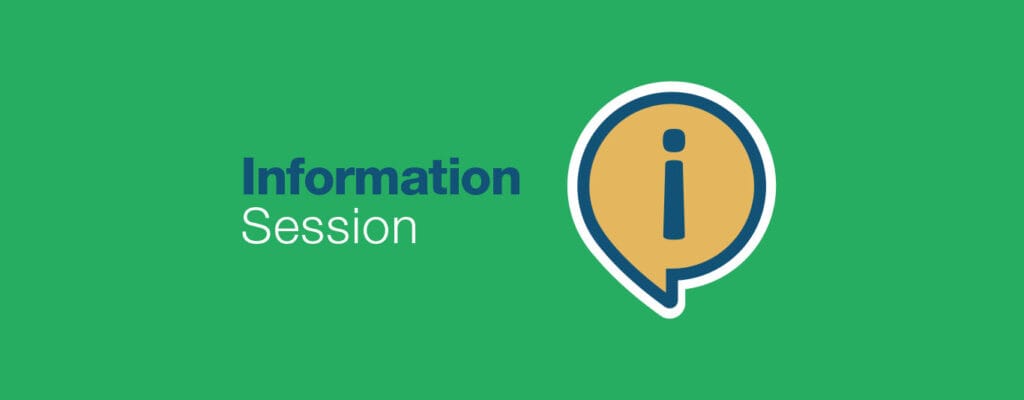


 In K-12 education, there is nothing more controversial than the Common Core State Standards. Four years after their release, these national academic standards in English and math have become one of the hottest political issues in the United States, igniting fierce debates and providing fodder for water cooler discussions inside and outside of schools. Amid all of the impassioned speeches, heated protests and political commentary, it can be easy to lose sight of the facts surrounding this contentious issue. Let’s review:
In K-12 education, there is nothing more controversial than the Common Core State Standards. Four years after their release, these national academic standards in English and math have become one of the hottest political issues in the United States, igniting fierce debates and providing fodder for water cooler discussions inside and outside of schools. Amid all of the impassioned speeches, heated protests and political commentary, it can be easy to lose sight of the facts surrounding this contentious issue. Let’s review:
The Common Core State Standards outline what kindergarten through 12th grade students should know in English and math. The standards were created by the nonpartisan Council of Chief State School Officers, the National Governors Association, and Achieve, a Washington-based nonprofit working to increase the number of students who graduate from high school ready for college and careers. The Common Core grew out of a concern that Americans need to improve education to remain competitive in a global economy. In addition, the Common Core provides continuity in education for students who move from state to state. The English and math standards were voluntarily adopted by 45 states and the District of Columbia, many of which had significant input into their development.
95.8% of CLI-trained teachers reported receiving high quality training and 99% of CLI trained teachers reported feeling prepared to teach the CCSS to their students.
Race to the Top provided funding to develop a new generation of assessments intended to yield timely data to support and inform instruction, provide accurate information about what students know and can do, and measure achievement against standards that reflect the skills and knowledge required for success in college and the workforce. Two Consortia were awarded grants to develop comprehensive assessment systems: the Partnership for the Assessment of Readiness for College and Careers (PARCC) and the Smarter Balanced Assessment Consortium (Smarter Balanced). While both groups have the same overarching goals, there are key differences between their assessment systems – specifically, Smarter Balanced assessments will use computer adaptive technology (students see an individually tailored set of items and tasks), while PARCC will use computerized assessments that are not adaptive (students take one of several fixed, equated sets of items and tasks). These new assessments are targeted to replace member state standardized assessments this school year (2014-15) in most states.
For one thing, many teachers report that they do not feel adequately prepared to teach the Common Core. According to “Findings from a National Survey of Teacher Perspectives on the Common Core” by EPE Research Center, only 66% of teachers reported receiving high quality professional development around the Common Core State Standards. At CLI, we believe that the intent of the Common Core makes sense: develop more rigorous and specific standards so our children receive a world-class education. But to fulfill on this promise, we clearly need to ensure that our teachers are well prepared and supported to translate standards into student achievement.
Next week we’ll take a closer look at some of the issues teachers are facing in the classroom related to the Common Core and offer some suggestions and practices teachers can implement to combat them.


Join CLI’s Breakfast Briefing to explore the future of literacy! Connect with education leaders, hear impact stories, and discover ways to get involved. Stay[..]

Empower Oregon’s educators with proven literacy strategies! Join our free virtual info session to explore research-based tools and connect with experts. Register now!

Celebrate Women's History Month with powerful stories that inspire, educate, and uplift. 📚 Download our curated guide and stay connected for more inclusive literacy[..]